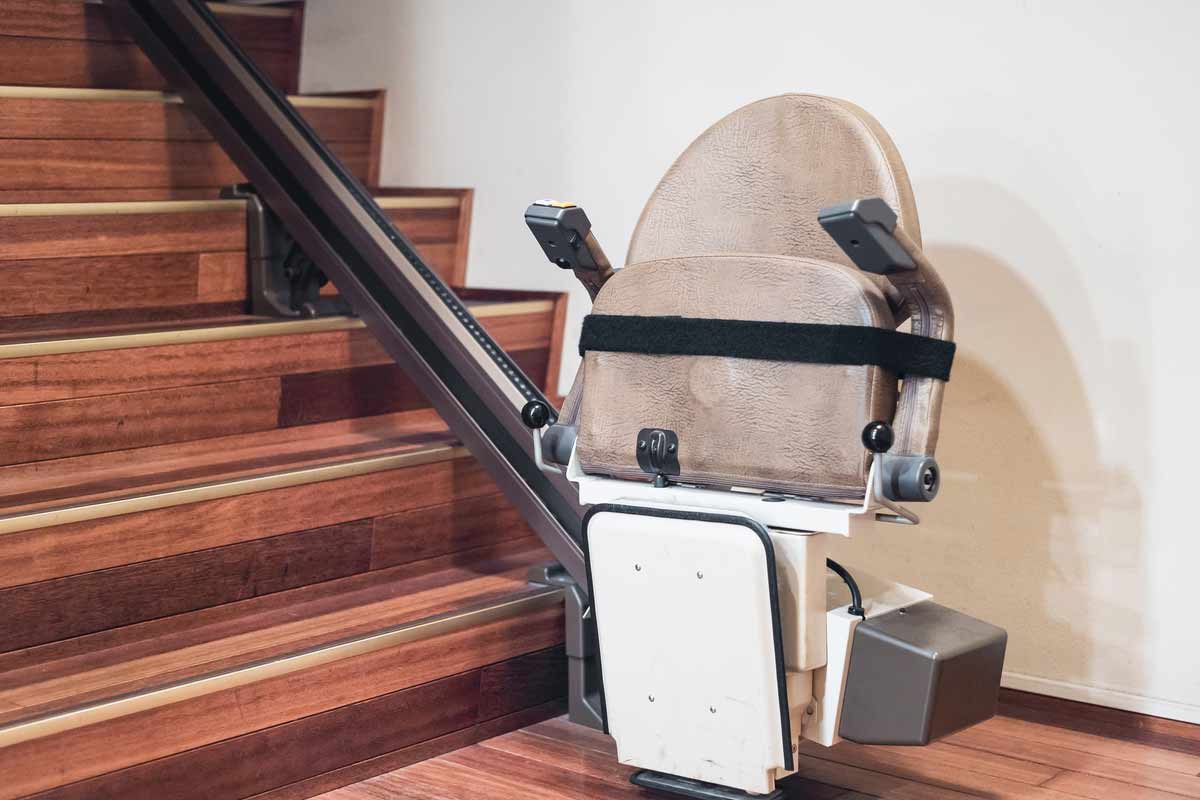

Articles
How To Carry A Disabled Person Down Stairs
Modified: December 7, 2023
Read our informative articles on how to safely carry a disabled person down stairs. Get expert tips and techniques to ensure a smooth and secure process.
(Many of the links in this article redirect to a specific reviewed product. Your purchase of these products through affiliate links helps to generate commission for Storables.com, at no extra cost. Learn more)
Introduction
Caring for a disabled person often involves addressing various challenges and finding solutions to ensure their safety and well-being. One common obstacle is navigating stairs, which can pose difficulties and potential risks. Knowing how to properly carry a disabled person down the stairs is crucial in emergency situations or when accessible alternatives are not available.
In this article, we will explore the steps and considerations involved in safely carrying a disabled person down the stairs. Whether you are a caregiver, a family member, or a friend, understanding the correct techniques and precautions is essential to prevent accidents and provide the necessary support.
It is important to note that carrying a disabled person down the stairs requires physical strength, coordination, and careful planning. If you have any doubts about your abilities or the safety of the situation, it is recommended to seek professional assistance or alternative methods.
Now, let’s dive into the process of assessing the situation to ensure a safe and successful descent down the stairs with a disabled individual.
Key Takeaways:
- Prioritize safety and comfort by assessing the situation, communicating effectively, and preparing both the individual and necessary equipment before carrying a disabled person down the stairs.
- Avoid common mistakes such as rushing, using inadequate equipment, or neglecting potential hazards. Seek professional assistance if unsure, and always prioritize the well-being of the person being carried.
Read more: How To Carry Mattress Up Stairs
Assessing the Situation
Before attempting to carry a disabled person down the stairs, it is crucial to assess the situation thoroughly. This assessment will help you determine the individual’s mobility level, the layout of the stairs, and any potential risks or obstacles that need to be addressed.
Start by evaluating the disabled person’s physical abilities and limitations. Consider their upper body strength, balance, and overall mobility. Are they able to provide any assistance during the process? Understanding their capabilities will help you plan the most suitable approach for carrying them down the stairs.
Next, examine the stairs themselves. Take note of the width, height, and pitch of the steps. Are there any handrails available? Is the stairwell well-lit? Keep an eye out for any potential hazards such as loose steps, obstructions, or uneven surfaces.
If possible, try to identify alternative means of transportation, such as ramps or elevators. In some cases, it may be necessary to contact emergency services for assistance in accessing a more accessible exit route.
Throughout the assessment process, it is essential to communicate with the disabled person and involve them in the decision-making. Respect their autonomy and ask for their input on the best approach to take. This will help foster a sense of empowerment and ensure their comfort and safety throughout the process.
Once you have thoroughly assessed the situation and collaborated with the disabled person, you can move on to the next stage: communicating with them effectively.
Communicating with the Disabled Person
Effective communication is essential when it comes to carrying a disabled person down the stairs. It ensures their understanding of the process, allows them to express any concerns or preferences, and helps build trust and cooperation between you and the individual.
When communicating with a disabled person, it is important to adapt your approach based on their specific needs and abilities. Here are some tips to facilitate clear and respectful communication:
- Use clear and simple language: Avoid using complex or technical terms that may be unfamiliar to the individual. Speak slowly and clearly, giving them time to process the information.
- Use visual aids if necessary: If the person has visual impairments, consider using gestures, visual cues, or written instructions to aid in their understanding.
- Be patient and empathetic: Understand that the individual may require extra time to process information or express their thoughts. Listen attentively and be patient with their communication style.
- Ask open-ended questions: Instead of assuming the person’s preferences or limitations, ask open-ended questions that allow them to share their thoughts and concerns.
- Respect personal boundaries: Prioritize the individual’s comfort and privacy when discussing their needs and limitations. Do not make assumptions or invade their personal space without their consent.
Remember that effective communication is a two-way street. Encourage the disabled person to express their concerns, questions, or preferences regarding the process of being carried down the stairs. Their input is invaluable in ensuring their comfort and fostering a sense of control throughout the experience.
Once you have established clear communication with the disabled person, you can move on to the next step: preparing them and the necessary equipment for the descent.
Preparing the Person and Equipment
Proper preparation is key to ensuring a safe and comfortable experience when carrying a disabled person down the stairs. This includes preparing both the individual and any equipment that may be needed during the process.
First and foremost, assess the disabled person’s physical condition. Ensure they are in a stable and comfortable position before attempting to carry them. If they use mobility aids such as crutches, walkers, or wheelchairs, determine the most appropriate method for safely transporting these items down the stairs.
If possible, remove any loose or bulky clothing that may hinder the carrying process. This will help ensure a secure grip and prevent any obstructions. If the individual uses a wheelchair, safely transfer them to a designated carrying device or chair that is designed for stair descent.
Next, gather any necessary equipment to assist with the carrying process. This may include a sturdy and reliable stair-assist chair, a carrying harness, or a secure grip handle. Ensure that the equipment is in good condition and properly adjusted to fit the individual’s body size and weight.
Before proceeding, double-check that all necessary equipment is accessible and properly set up. Familiarize yourself with the operation of any mechanical devices or straps, ensuring that they are secure and functioning correctly.
Lastly, explain the carrying process to the disabled person, ensuring they are aware of the steps involved. Discuss any safety measures, such as securing belts or handles, and reassure them that their comfort and well-being are your top priorities.
With the person and equipment now prepared, you are ready to move on to the instructions for safely carrying them down the stairs.
When carrying a disabled person down stairs, use a sturdy, non-slippery chair or board to slide them down if possible. If carrying, use a team of at least two people to support the person’s weight and move slowly and carefully.
Instructions for Carrying Down Stairs
Carrying a disabled person down the stairs requires careful coordination and adherence to proper techniques. Follow these step-by-step instructions to ensure a safe and controlled descent:
- Position yourself correctly: Stand facing the stairs with your feet shoulder-width apart. Ensure you have a solid footing and maintain balance throughout the process.
- Assist the disabled person into a secure position: If using a carrying device or chair, carefully transfer the individual onto it, ensuring they are comfortable and properly secured.
- Communicate and establish a holding position: Ensure clear communication with the individual, confirming their readiness and comfort. Establish a secure grip on their body or the carrying equipment, using proper hand placements to maintain control.
- Descend one step at a time: Begin the descent by carefully stepping down with the disabled person. Maintain a slow and steady pace, using your leg muscles to control the movement and prevent sudden or jerky motions.
- Keep your body aligned: Throughout the descent, maintain your body’s alignment with the stairs. Avoid twisting or leaning excessively, as this can compromise your balance and the individual’s stability.
- Utilize handrails if available: If handrails are present, encourage the disabled person to hold onto them for added support and stability.
- Take breaks if necessary: If the descent is long or physically demanding, consider taking short breaks on flat landings or midway points to rest and reassess both your and the individual’s comfort.
- Remain attentive and responsive: Be aware of any signs of discomfort or distress from the disabled person. Communicate regularly to ensure their well-being throughout the descent.
- Continue until reaching the bottom: Carefully navigate each step until you reach the bottom of the stairs. Take your time and maintain a controlled pace until you have safely reached level ground.
Remember, these instructions should serve as general guidelines, and the specific method may vary depending on the individual’s needs and abilities. Adapt and modify the process as necessary to ensure the safety and comfort of both you and the disabled person.
Now that you are familiar with the proper instructions for carrying down the stairs, it is essential to consider additional measures to ensure safety and comfort during the process.
Read more: How To Carry Something Heavy Up Stairs
Ensuring Safety and Comfort
When carrying a disabled person down the stairs, it is of utmost importance to prioritize their safety and comfort throughout the entire process. Taking extra precautions can help minimize the risk of accidents or injuries. Here are some steps to ensure safety and comfort:
- Engage your core and use proper body mechanics: Maintain a straight back and engage your core muscles to minimize strain on your body. This will help you maintain balance and stability while carrying the individual down the stairs.
- Take small and controlled steps: Descend the stairs slowly and steadily, taking small steps to maintain control and prevent slips or falls. Avoid rushing the process and maintain a consistent pace throughout.
- Stay alert and aware of your surroundings: Be mindful of any potential hazards or obstacles along the path. Watch for loose objects, protruding edges, or changes in surface conditions that could pose risks during the descent.
- Encourage the disabled person to communicate: Continuously check in with the individual and encourage them to communicate any discomfort, pain, or concerns they may have. Make adjustments as necessary to ensure their well-being.
- Use additional aids when necessary: Depending on the individual’s needs, consider using additional aids such as cushions or padding to provide extra comfort and stability during the descent.
- Be prepared for emergencies: Familiarize yourself with emergency procedures and have a plan in place should any unforeseen situations arise. This may include having a phone readily available to call for assistance if needed.
- Seek professional guidance if unsure: If you are uncertain about your abilities or the safety of the situation, it is always recommended to seek professional assistance. They can provide guidance and ensure the process is carried out safely.
Remember, the safety and well-being of the disabled person should always come first. Take the necessary precautions and adapt your approach based on their specific needs and abilities. Communication and attention to detail are key to ensuring a successful and safe descent down the stairs.
Now, let’s explore some common mistakes to avoid when carrying a disabled person down the stairs.
Common Mistakes to Avoid
When carrying a disabled person down the stairs, it is important to be aware of common mistakes that can compromise safety and comfort. By avoiding these errors, you can ensure a smoother and more secure descent. Here are some common mistakes to be mindful of:
- Attempting to carry the person alone without proper assistance: Carrying a disabled person down the stairs requires physical strength and coordination. It is recommended to have at least one additional person to assist in the process.
- Not properly assessing the individual’s abilities and limitations: Failing to thoroughly evaluate the disabled person’s mobility level and physical condition can lead to difficulties during the carrying process. Take the time to understand their needs to ensure a safe and comfortable descent.
- Using inadequate or faulty equipment: Choosing unreliable or unsuitable equipment, such as a weak chair or a worn-out carrying harness, can compromise safety. Ensure that all equipment used is in good condition and suitable for the task.
- Not communicating effectively with the disabled person: Poor communication can lead to misunderstandings and potentially result in discomfort or fear for the individual. Take the time to explain the process and address any concerns or questions they may have.
- Ignoring potential hazards or obstacles along the path: Failure to identify and address potential hazards, such as slippery surfaces or loose objects, can increase the risk of accidents during the descent. Stay vigilant and make necessary adjustments to ensure a clear and safe path.
- Rushing or moving too quickly: Moving too quickly down the stairs can be dangerous for both you and the disabled person. Take your time and maintain a controlled pace to ensure stability and minimize the risk of falls or injuries.
- Not seeking professional assistance when necessary: If you are unsure about your abilities or the safety of the situation, it is imperative to seek professional advice. A trained caregiver or medical professional can provide guidance and ensure a safe carrying process.
By being aware of these common mistakes and taking proactive measures to avoid them, you can significantly reduce the risk of accidents and create a safer environment for both you and the disabled person.
Now that you are aware of the common mistakes to avoid, let’s conclude our article.
Conclusion
Carrying a disabled person down the stairs can be a challenging task that requires careful planning, communication, and adherence to proper techniques. By following the steps outlined in this article, you can ensure the safety and comfort of the individual throughout the descent.
Start by thoroughly assessing the situation, understanding the individual’s abilities and limitations, and identifying any potential risks or obstacles. Effective communication with the disabled person is crucial, as it allows for their input, preferences, and concerns to be addressed. Properly preparing the person and necessary equipment is essential to ensure a secure and comfortable carrying process.
Follow the step-by-step instructions for carrying down the stairs, paying attention to core stability, controlled movements, and maintaining proper alignment. Prioritize the safety and comfort of the disabled person at all times, and be prepared to take breaks if necessary.
Avoid common mistakes such as attempting to carry the person alone, using inadequate equipment, or neglecting potential hazards along the path. Seek professional assistance if needed and always prioritize the well-being of the person being carried.
Remember, every situation is unique, and it is important to adapt the process to the individual’s specific needs and abilities. When in doubt, consult professionals who can provide expert guidance and support.
By following these guidelines and emphasizing safety, you can ensure a successful and secure descent down the stairs, providing the necessary support and assistance to the disabled person in your care.
Thank you for reading this comprehensive guide on how to carry a disabled person down the stairs. With proper preparation, communication, and caution, you can navigate this challenge with confidence and ensure the well-being of those you care for.
Frequently Asked Questions about How To Carry A Disabled Person Down Stairs
Was this page helpful?
At Storables.com, we guarantee accurate and reliable information. Our content, validated by Expert Board Contributors, is crafted following stringent Editorial Policies. We're committed to providing you with well-researched, expert-backed insights for all your informational needs.

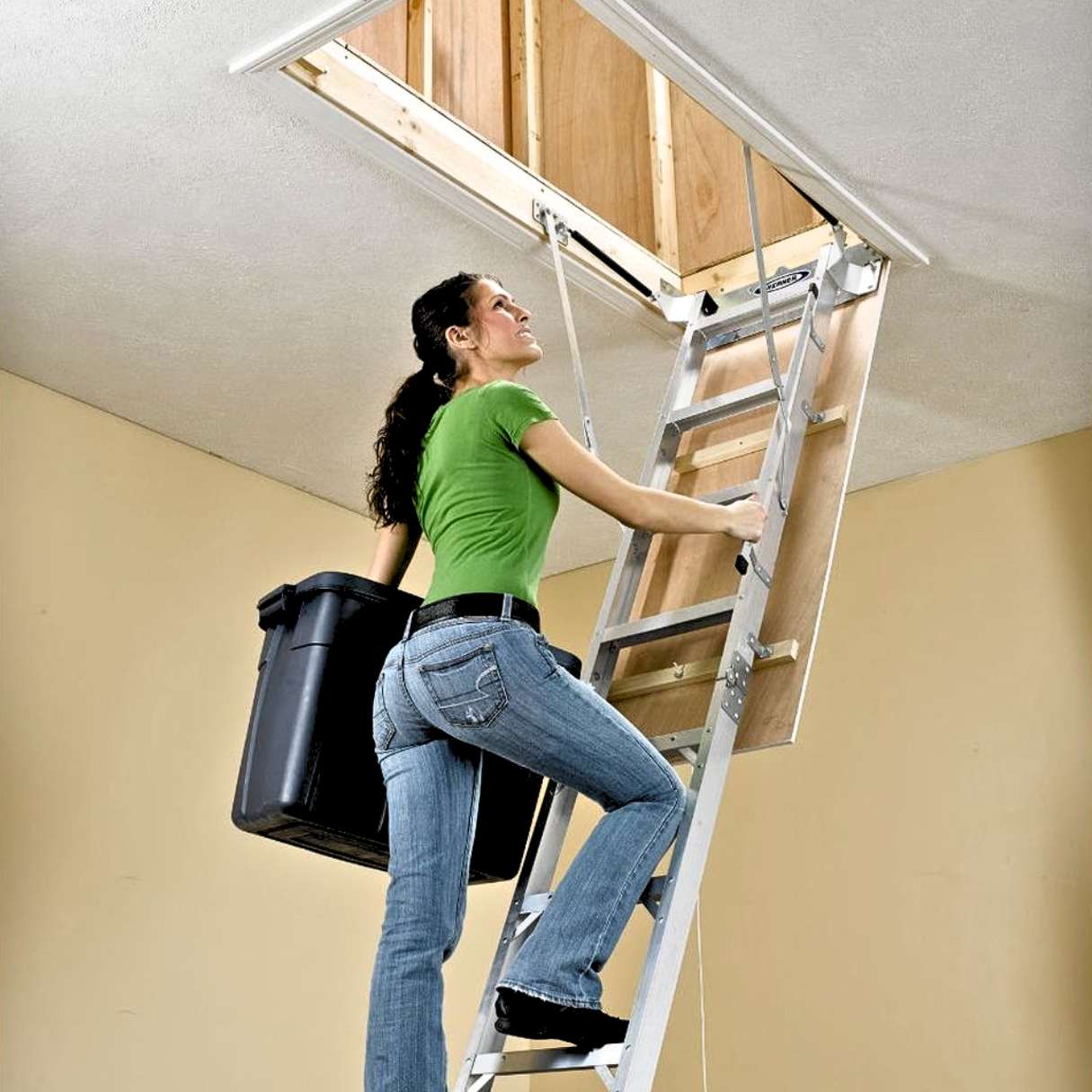



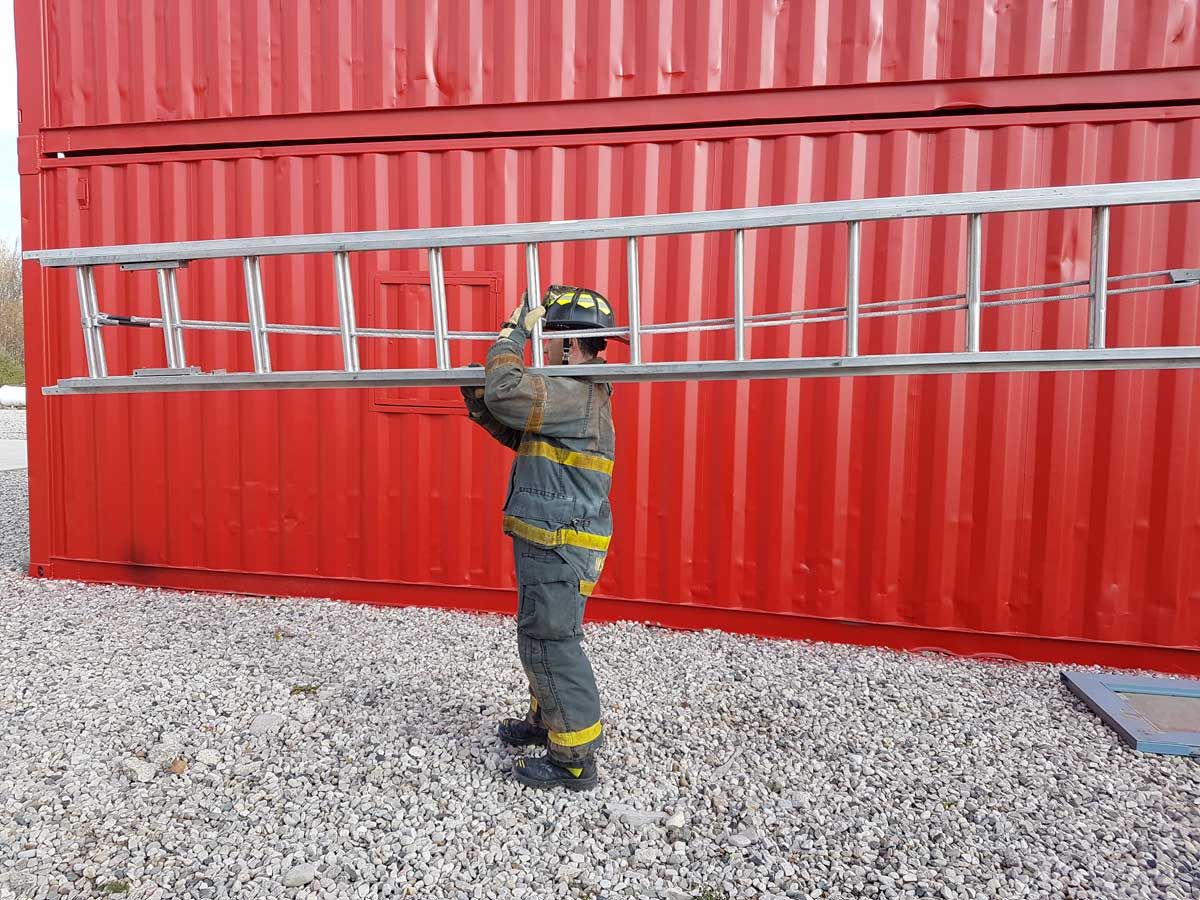



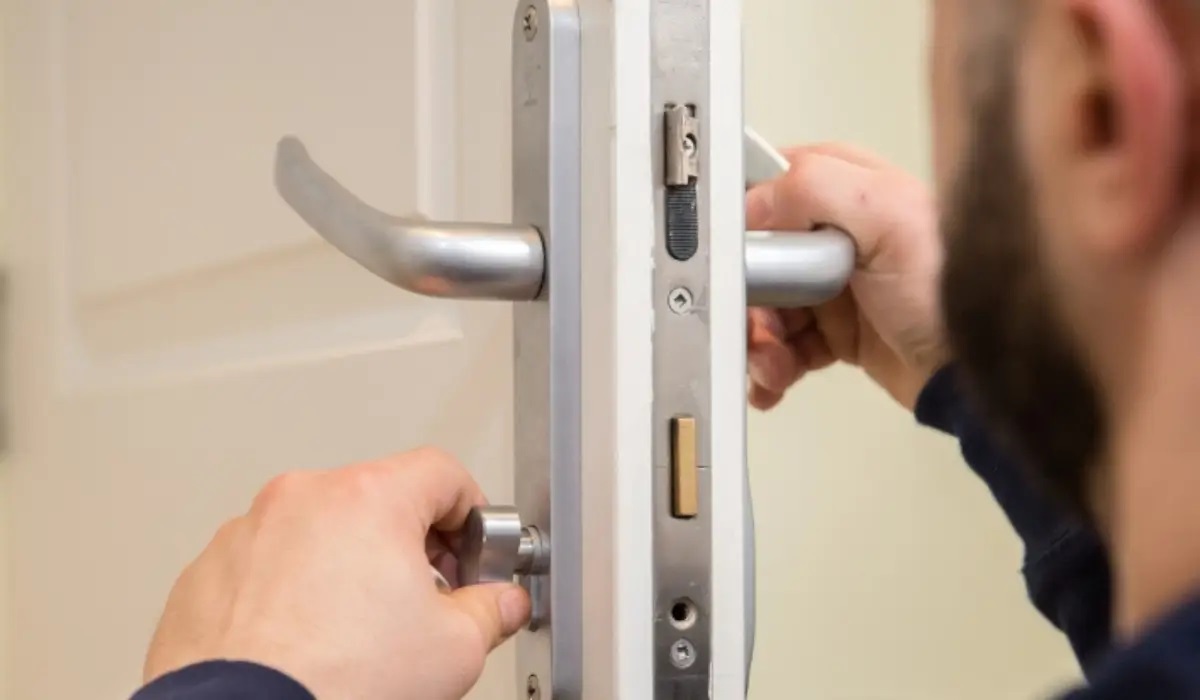


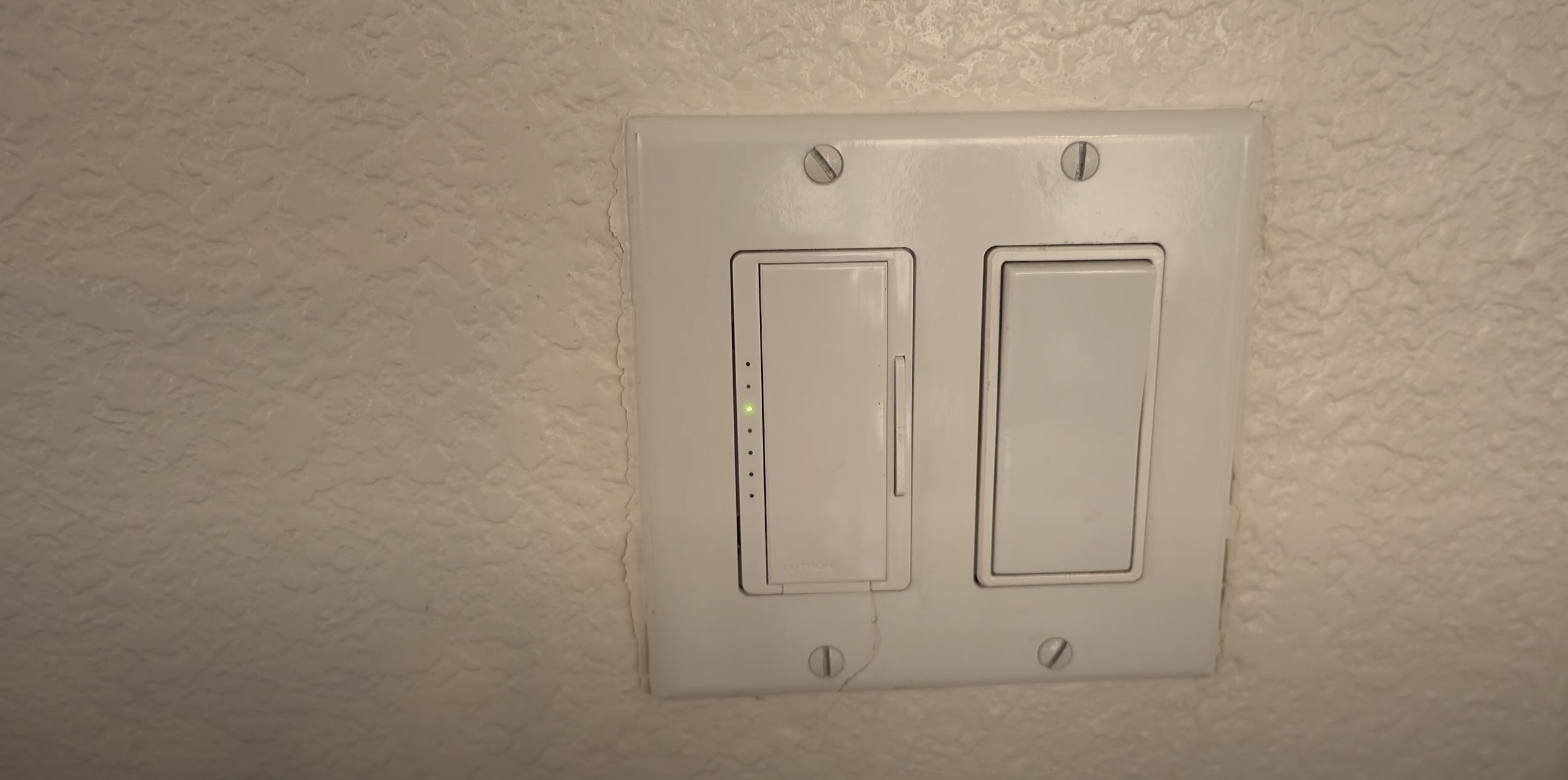


0 thoughts on “How To Carry A Disabled Person Down Stairs”